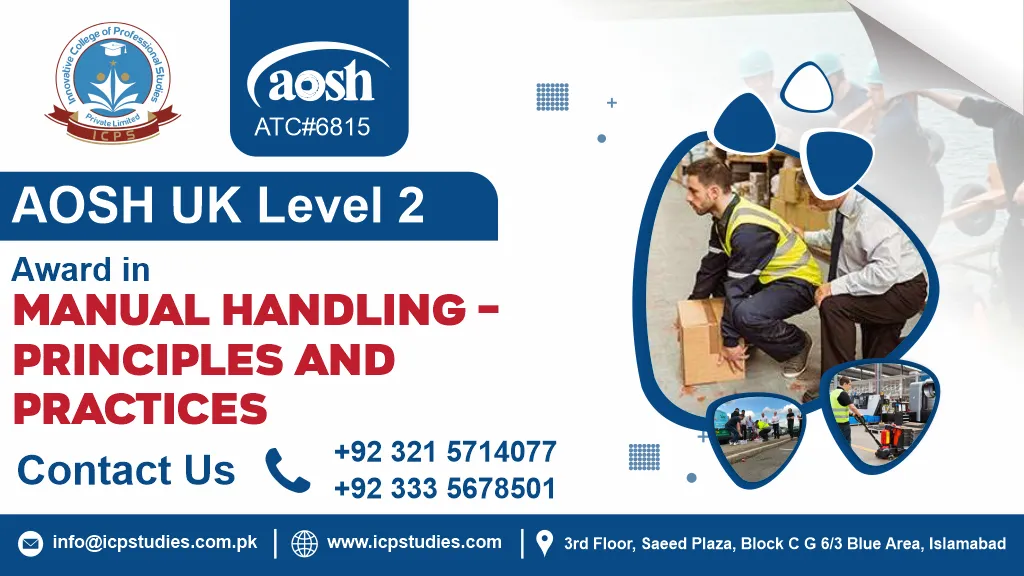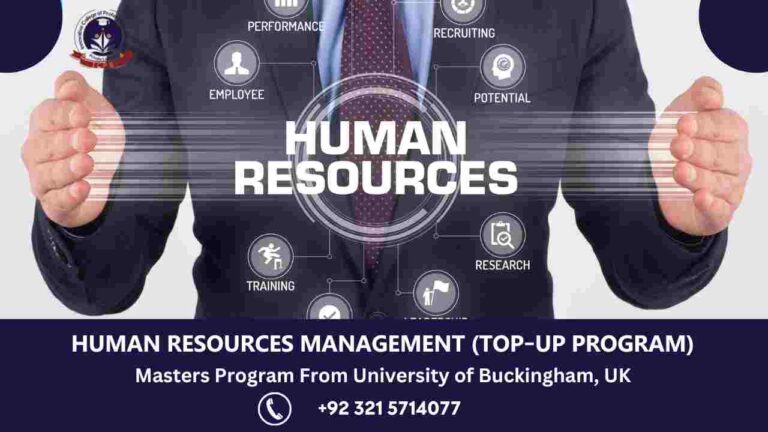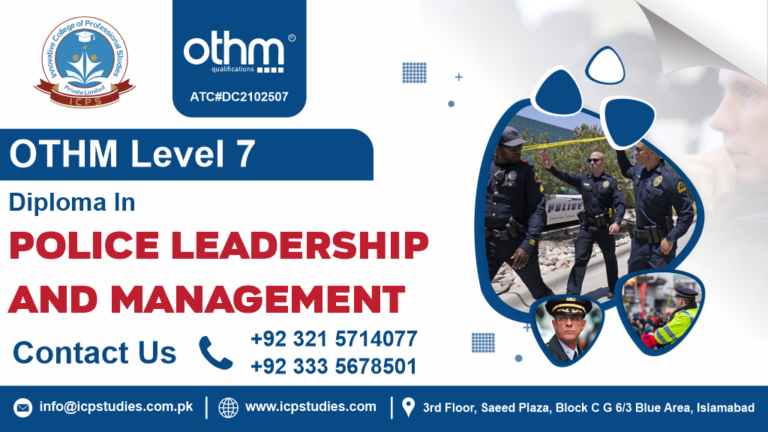Elevate Your Workplace Safety with AOSH UK Level 2 Award in Manual Handling
Are you prioritizing the safety and well-being of your workforce? Empower your team with the AOSH UK Level 2 Award in Manual Handling – Principles and Practices, a comprehensive training program designed to enhance workplace safety and reduce the risk of manual handling injuries.
Why Choose AOSH UK Level 2 Award?
Expertly Crafted Curriculum: Our program is meticulously designed by industry experts, ensuring your team receives the most up-to-date and relevant information on manual handling principles and practices.
Interactive Learning Experience: Say goodbye to dull training sessions! Engage your team with interactive modules, practical demonstrations, and real-world case studies that make learning enjoyable and effective.
Compliance and Certification: Stay compliant with industry standards and regulations. Upon successful completion, your team members will receive the prestigious AOSH UK Level 2 Award, a testament to their commitment to safety.
Tailored to Your Industry: Whether you’re in manufacturing, healthcare, hospitality, or any other sector, our program can be customized to address the specific manual handling challenges your team faces.
Empower Your Team: Equip your employees with the knowledge and skills to identify potential hazards, adopt safe handling techniques, and contribute to a safer work environment.
Benefits for Your Business:
Increased Productivity: A safer workplace is a more efficient workplace. By minimizing the risk of manual handling injuries, your team can focus on tasks at hand without the worry of potential accidents.
Enhanced Employee Morale: Show your team that their safety is a top priority. AOSH UK Level 2 Award instills confidence and boosts morale, creating a positive and motivated workforce.
Cost Savings: Preventing injuries is more cost-effective than dealing with the aftermath. Invest in the AOSH UK Level 2 Award to save on potential medical costs, compensation claims, and downtime.
Proactive Risk Management: Stay ahead of the curve by proactively managing manual handling risks. Our training empowers your team to identify and address potential hazards, reducing the likelihood of accidents.
Get Started Today:
Prioritize safety, elevate your workplace, and invest in the AOSH UK Level 2 Award in Manual Handling – Principles and Practices. Contact us now to schedule a consultation and take the first step towards a safer and more productive work environment.
All About AOSH UK Level 2 Award in Manual Handling – Principles and Practices
Course Overview
The AOSH (Association of Occupational Safety and Health) UK Level 2 Award course is tailored to equip participants with foundational knowledge and skills in manual handling principles and practices. Here’s an overview of what the course entails:
Manual Handling Principles:
- Understanding the significance of correct manual handling techniques.
- Identifying potential risks and hazards associated with manual handling tasks.
Legislation and Regulations:
- Explaining relevant health and safety legislation pertaining to manual handling.
- Ensuring adherence to legal requirements and industry standards.
Risk Assessment:
- Training participants in assessing risks linked with manual handling activities.
- Providing strategies to effectively mitigate and control risks.
Safe Lifting Techniques:
- Instruction on proper lifting methods to minimize injury risks.
- Demonstrating the use of lifting aids and equipment when necessary.
Ergonomics:
- Discussion on ergonomic principles for fostering a safer work environment.
- Identifying factors contributing to musculoskeletal disorders and preventive measures.
Practical Exercises:
- Hands-on training to reinforce correct manual handling techniques.
- Opportunities for participants to practice lifting, carrying, and other tasks under supervision.
Communication:
- Stressing the importance of effective communication in team-based manual handling.
- Emphasizing clear instructions and cooperation to prevent accidents.
Upon successful completion, participants may obtain the AOSH UK Level 2 Award in Manual Handling – Principles and Practices, signifying their competency in safely managing manual tasks in the workplace.
Learning Outcomes
Learning outcomes for the AOSH UK Level 2 Award in Manual Handling – Principles and Practices may include the following:
- Understand the Principles of Manual Handling:
- Define manual handling and its importance in workplace safety.
- Identify relevant legislation and regulations related to manual handling.
- Recognize the potential risks and consequences of poor manual handling practices.
- Risk Assessment and Control Measures:
- Conduct a manual handling risk assessment.
- Propose appropriate control measures to minimize the risk of manual handling injuries.
- Understand the importance of teamwork and communication in implementing control measures.
- Safe Lifting Techniques:
- Demonstrate proper lifting techniques to minimize strain and injury.
- Explain the biomechanics of lifting and the impact on the musculoskeletal system.
- Identify and use manual handling aids and equipment effectively.
- Practical Application of Manual Handling Principles:
- Apply manual handling principles to common workplace scenarios.
- Demonstrate the ability to assess loads and choose appropriate handling techniques.
- Practice safe manual handling through hands-on exercises and simulations.
- Awareness of Individual Abilities and Limitations:
- Understand personal capabilities and limitations in manual handling tasks.
- Recognize the importance of reporting any health issues that may impact manual handling abilities.
- Promote a culture of self-awareness and responsibility in manual handling practices.
- Communication and Training:
- Effectively communicate manual handling procedures to colleagues.
- Demonstrate the ability to train and educate others on safe manual handling practices.
- Contribute to the development of a manual handling training program within the workplace.
- Emergency Response and Reporting:
- Know the appropriate response procedures in the event of a manual handling incident.
- Understand the importance of reporting incidents and near misses.
- Contribute to the continuous improvement of manual handling procedures based on incident reporting.
- Legal Compliance and Documentation:
- Ensure compliance with relevant legal requirements and standards.
- Understand the importance of maintaining accurate records related to manual handling training and incidents.
- Recognize the role of documentation in demonstrating adherence to manual handling best practices during audits.
These learning outcomes aim to equip participants with the knowledge and skills needed to safely and effectively handle manual tasks in the workplace, contributing to a safer and healthier work environment.
Admission Criteria
Admission Criteria for AOSH UK Level 2 Award in Manual Handling – Principles and Practices:
- Minimum Age Requirement: Prospective candidates must be at least 16 years old to enroll in the AOSH UK Level 2 Award in Manual Handling – Principles and Practices. This criterion ensures that participants possess the maturity and understanding necessary to engage in the course content.
- Language Proficiency: Candidates should have a proficient understanding of the English language to effectively comprehend and communicate the principles and practices covered in the course. Proficiency may be demonstrated through previous academic qualifications, language proficiency tests, or an interview.
- Health and Physical Fitness: Due to the practical nature of manual handling activities, candidates are required to be in good health and have a reasonable level of physical fitness. Individuals with pre-existing health conditions or physical limitations may need to provide a medical clearance or seek approval from a qualified healthcare professional.
By adhering to these admission criteria, candidates can ensure their eligibility and readiness to undertake the AOSH UK Level 2 Award in Manual Handling – Principles and Practices.
Ideal Candidate
As an organization committed to ensuring the safety and well-being of our workforce, we seek an ideal candidate for the “AOSH UK Level 2 Award in Manual Handling – Principles and Practices.” The ideal candidate should possess a combination of skills, knowledge, and attributes that align with the objectives of the course and contribute to a safer working environment. Here are the key qualities we are looking for:
- Understanding of Manual Handling Principles:
- The ideal candidate should have a solid understanding of manual handling principles and practices, demonstrating awareness of the risks associated with improper lifting, carrying, pushing, and pulling of loads.
- Previous Experience:
- While prior experience in manual handling is not mandatory, any relevant experience in a role involving manual tasks would be advantageous. This could include experience in sectors such as manufacturing, logistics, healthcare, or construction.
- Commitment to Safety:
- A strong commitment to workplace safety is paramount. The ideal candidate should recognize the importance of safe manual handling practices in preventing injuries and promoting a healthy work environment.
- Physical Fitness:
- Manual handling often involves physical exertion. The ideal candidate should be in good physical condition, capable of safely carrying out manual handling tasks without compromising their health and safety.
- Communication Skills:
- Effective communication is crucial in promoting safe manual handling practices within a team. The ideal candidate should be able to communicate clearly and concisely, ensuring that colleagues understand and adhere to safe manual handling procedures.
- Adaptability:
- Work environments can vary, and manual handling tasks may differ based on industry and context. The ideal candidate should demonstrate adaptability and the ability to apply manual handling principles in diverse situations.
- Attention to Detail:
- Precision and attention to detail are vital when it comes to manual handling. The ideal candidate should show a meticulous approach to tasks, ensuring that they are performed accurately and safely.
- Legal Compliance:
- Familiarity with relevant health and safety regulations, especially those pertaining to manual handling, is beneficial. The ideal candidate should understand and adhere to legal requirements to maintain a compliant and safe workplace.
- Desire for Continuous Improvement:
- The ideal candidate should have a proactive attitude toward learning and a desire for continuous improvement. This includes staying informed about the latest developments in manual handling practices and incorporating best practices into their work.
- Team Player:
- Manual handling often involves collaboration with others. The ideal candidate should be a team player, capable of working harmoniously with colleagues to ensure the collective safety of the workforce.
By seeking a candidate with these qualities, we aim to enhance our commitment to safety, reduce the risk of workplace injuries, and create a culture of responsible manual handling practices within our organization.
Key Takeaways
Study Units
Here’s a general framework:
Introduction to Manual Handling
Topics:
- Definition and Importance of Manual Handling
- Legal Requirements and Regulations
- Responsibilities of Employers and Employees
- Common Manual Handling Injuries
Learning Objectives:
- Understand the concept of manual handling and its significance.
- Familiarize with relevant legislation and regulations.
- Identify the duties of employers and employees in ensuring safe manual handling practices.
- Recognize common injuries associated with manual handling.
Risk Assessment in Manual Handling
Topics:
- Principles of Risk Assessment
- Identifying Hazards in Manual Handling
- Factors Affecting Manual Handling Risk
- Risk Control Measures
Learning Objectives:
- Acquire knowledge of risk assessment principles.
- Learn to identify hazards associated with manual handling tasks.
- Understand factors influencing the risk of manual handling injuries.
- Explore and implement effective risk control measures.
Anatomy and Physiology Related to Manual Handling
Topics:
- Basic Anatomy of the Spine and Muscles
- Ergonomics and Body Mechanics
- Common Musculoskeletal Disorders
- Biomechanics of Lifting and Handling
Learning Objectives:
- Gain an understanding of the anatomy of the spine and muscles.
- Learn ergonomic principles and proper body mechanics.
- Recognize common musculoskeletal disorders associated with manual handling.
- Understand the biomechanics of lifting and handling.
Manual Handling Techniques and Equipment
Topics:
- Safe Lifting and Handling Techniques
- Proper Use of Manual Handling Equipment
- Team Handling and Communication
- Practical Application of Techniques
Learning Objectives:
- Master safe lifting and handling techniques.
- Understand the correct usage of manual handling equipment.
- Develop effective communication skills for team handling.
- Apply learned techniques in practical scenarios.
Health and Safety Culture
Topics:
- Promoting a Health and Safety Culture
- Reporting and Recording Incidents
- Continuous Improvement in Manual Handling Practices
- Psychological Aspects of Manual Handling
Learning Objectives:
- Explore strategies to promote a health and safety culture.
- Understand the importance of reporting and recording incidents.
- Emphasize the significance of continuous improvement in manual handling practices.
- Recognize psychological aspects related to manual handling.
FAQs for AOSH UK Level 2 Award in Manual Handling – Principles and Practices







